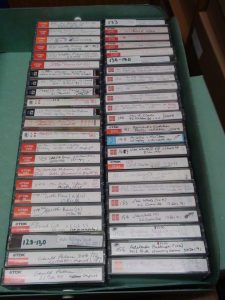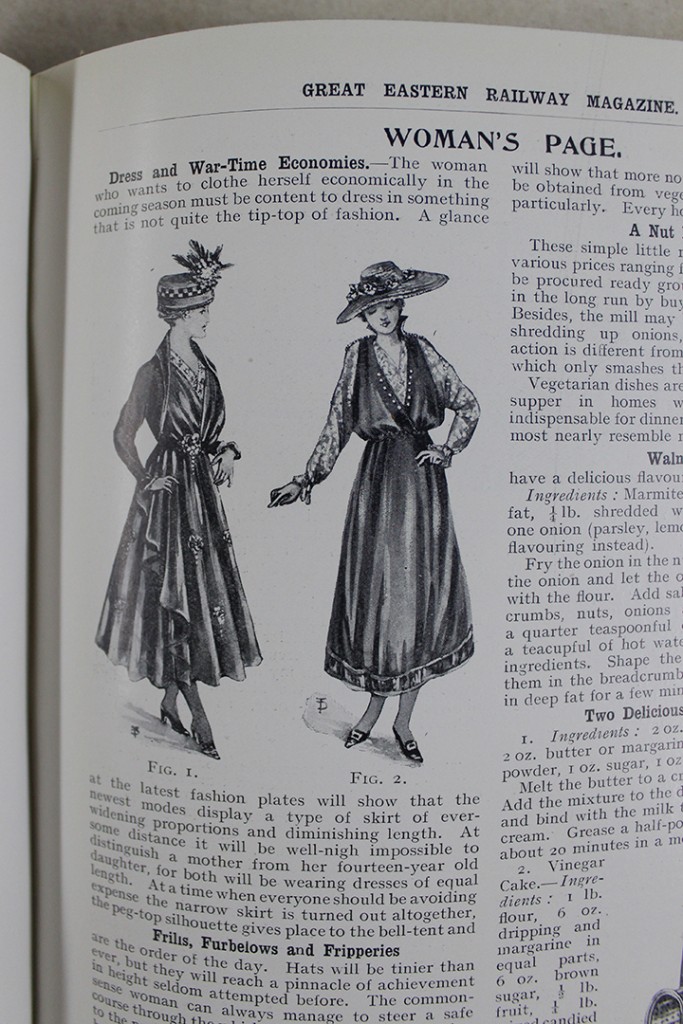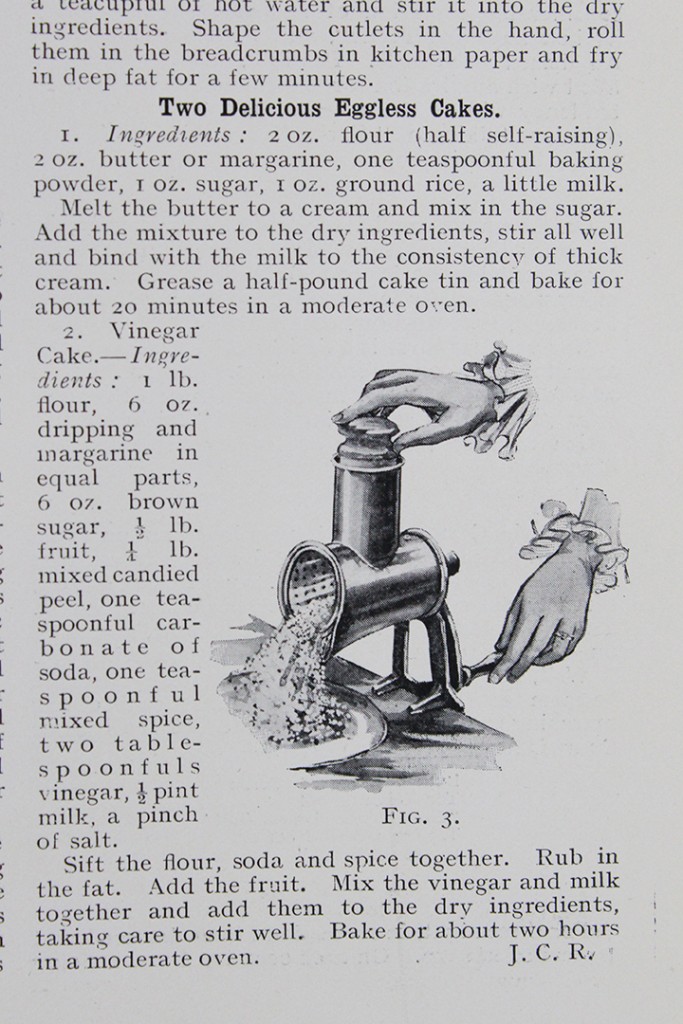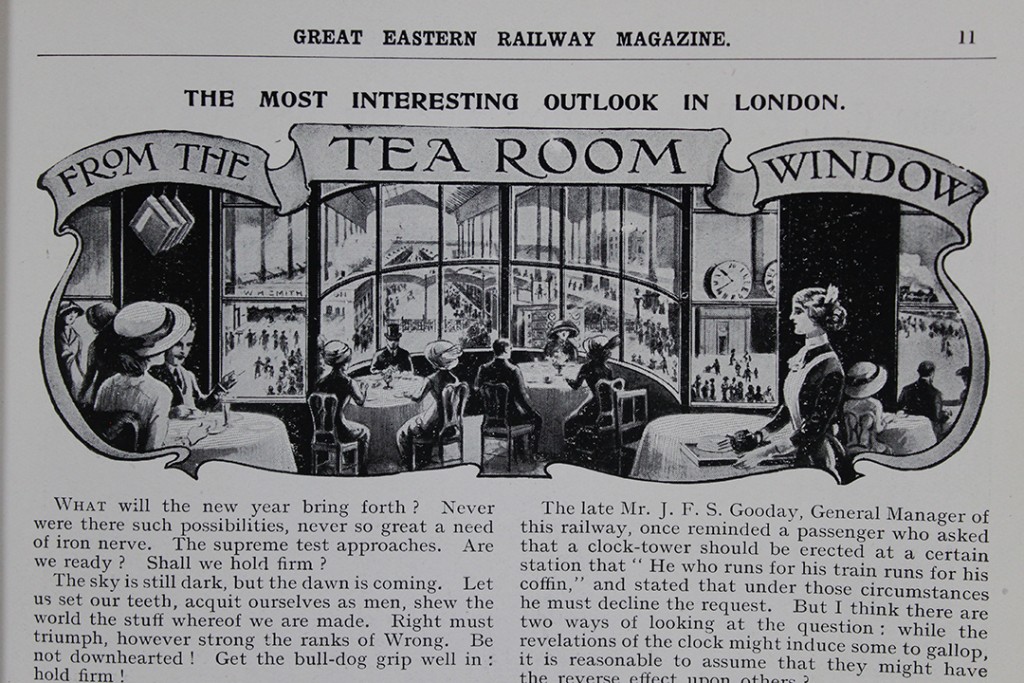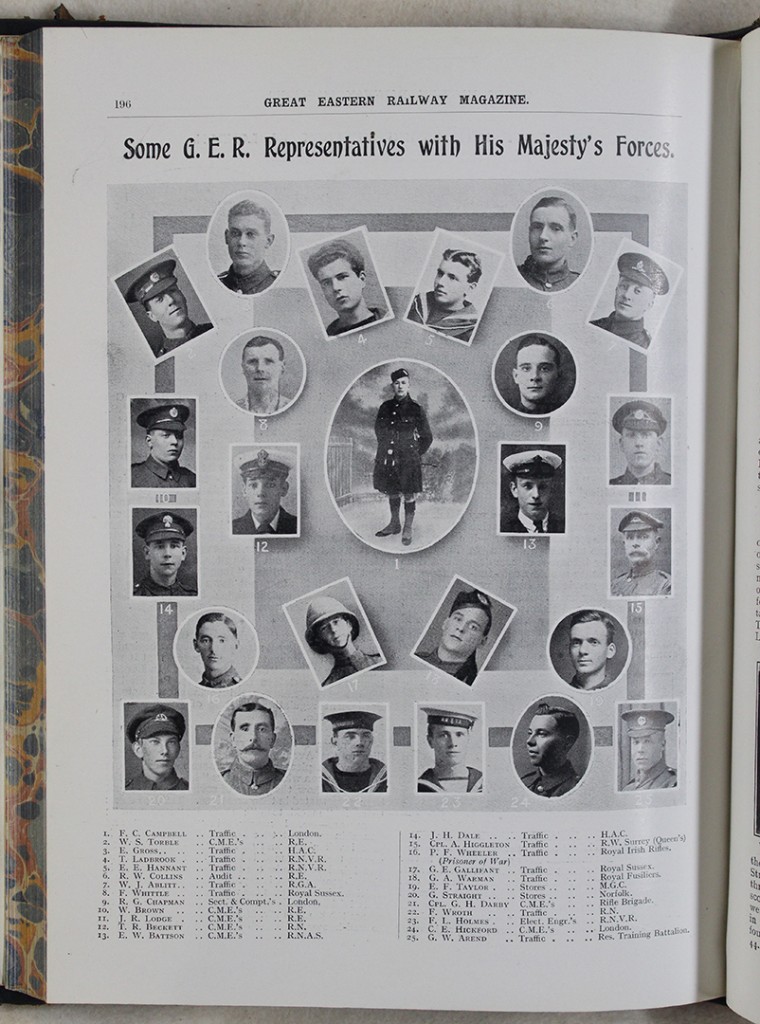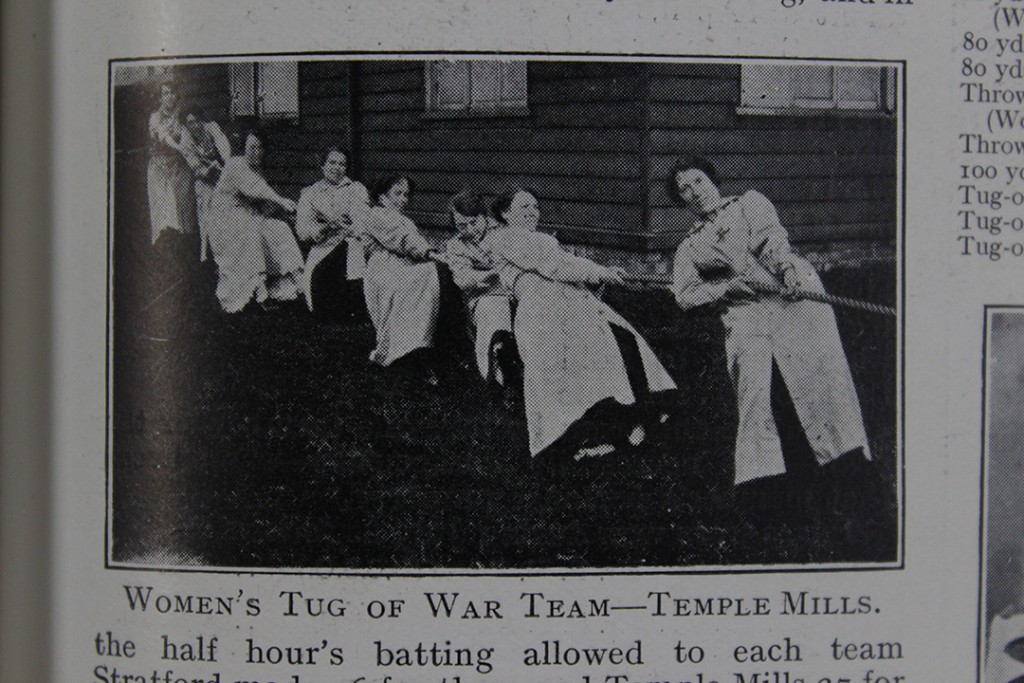Sound Archivist Sarah-Joy Maddeaux shares snippets from just a few of the hundreds of oral history interviews with women held in the Essex Sound and Video Archive.
Women’s history is one of the areas where oral history can make a great contribution. From telling the stories of notable women who have made a significant impact in their field, to telling the equally significant stories of ‘everyday’ women who made an impact just by their daily routine, first-hand accounts can reveal subject areas that do not always make it into written records. Furthermore, they can reveal the ‘whys’ of history – motivations that prompted women to take the actions they did.
The Essex Sound and Video Archive at the Essex Record Office is one resource for accessing such sources for women’s history. A substantial number of the oral history interviews in our recollection were recorded with women – and many were recorded by women (a discussion topic for another time – what difference does the gender of the interviewer make to the recording?).
Let’s start with some headliners. We have an interview with Elfrida Johns, who worked at Bletchley Park during the Second World War (Acc. SA580). Eva Hart, a Titanic survivor, recorded her memories on a number of occasions which have made it into the Archive (Acc. SA318, Acc. SA398, SA 1/323/1, and SA 19/1/14/1). Helen Welburn was the first female Superintendent of the Essex Police, on her appointment in 1970, and spoke about the major improvements she made for other women in the police force (SA 25/1/10/1). We even have the reminiscences of a Suffragette, Helena Taylor, from an edition of the Sounds of Brentwood talking magazine (SA 2/1/12/1).
We feel privileged to have the reminiscences of such accomplished women in our archives.
But we also feel privileged to have the reminiscences of so many other Essex women in our archives. Perhaps their lives did not figure in newspaper headlines; perhaps they were never known outside their village; perhaps they did not feel they had a story worth telling. However, it does not take long to get hooked into each woman’s story, no matter how mundane it seems at first, as her life unfolds over the course of the interview.
Take, for example, the many ‘New-Towners’ who have been recorded for posterity. At a young age, these women left their families and homes in East London to settle in relatively rural locations and establish their own homes, away from familial support networks. Dr Judy Attfield’s collection of interviews with Harlow residents is particularly rich in women’s accounts, fully exploring their experiences and emotions on moving to these remote locations (SA 22). For example, Mrs Summers in 1986 described her feelings when she and her husband moved to Harlow New Town in 1952 (SA 22/1364/1).
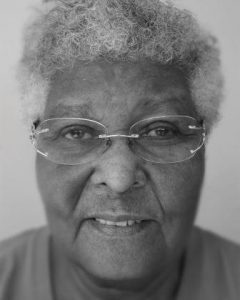
Carol Sydney (copyright EAF)
We have recently received the recollections of women who moved even further to forge new lives for themselves. The Evewright Arts Foundation recorded a number of Windrush generation immigrants about their experiences of moving to Britain. Some already had family here; some left their family behind until they had established a new home for their children. Most commented on the cold; most admitted to encountering racist attitudes. But they persevered until, like Carol Sydney, they could claim to have made a success of their lives in Britain (SA 69/1/5/1).
Life could also be a struggle for those who stayed in the same place. One of our favourites is Edie Brown, who was born in Kelvedon in 1895 and spent most of her life in Witham. She worked hard from the day she left school in her teens: working in domestic service and local industry before her marriage, then contributing to the household economy by going pea-picking or fruit-picking, sometimes before her children woke, or sometimes taking them with her. But she was never subservient: she would rather lose a job than put up with wrongful accusations or excessive demands in service (SA 59/1/7/1).
In the same collection, Elsie Hammond recalls female workers at Pinkham’s glove factory striking for more pay (SA 59/1/16/1).
Sometimes it is precisely the ‘normal’, everyday nature of an interviewee’s life that is useful to the researcher. Where else could you find detailed descriptions of household chores explained by the women who did them? Memories of helping mothers with household work allow us to reach back into the nineteenth century for the methods of housekeeping common in Essex. As technological advancements reduce domestic chores to button-pressing, without these interviews the former way of life of women kept busy full-time cooking and cleaning would otherwise be lost. With cultural change, it is also important to preserve the stories of mothers struggling to run their households on the limited budget provided by their husbands, as Connie Robinson shared about women she knew (SA 26/61/1).
Oral history interviews even give us the chance to look back on areas of private life that were formerly taboo. In later life, women were often happy to speak about their experiences of puberty or childbirth that they would not have discussed at the time.
But. There is still much about women’s experiences that is lacking in the historical record. We were intrigued by the Rebellious Sounds Archive, which captured the stories of activist women in south-west England. What more can you do to preserve the significant contributions of the women you know? Please do get in touch if you want to discuss an idea for an oral history project.
Many of these topics and more will be discussed at the Essex Women’s History Festival at the University of Essex tomorrow, part of the Snapping the Stiletto project. You will also have an opportunity to listen to these and other recordings of women from the Essex Sound and Video Archive, and to chat to Sound Archivist Sarah-Joy Maddeaux about our collections. There are still a few (free!) tickets, so book now!
If you cannot make it to the Festival, some of these recordings can be played online from the comfort of your own home. Look up the reference numbers on Essex Archives Online to check. Some will have a play feature; some will allow you to order the material to listen in the Playback Room at the Essex Record Office; and others will advise you to contact us to arrange to hear the material.

